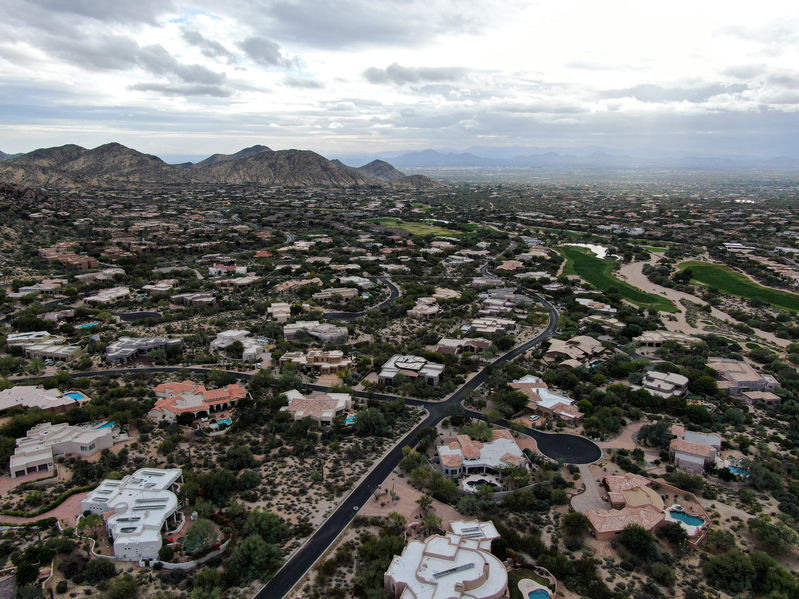
Arizona remains near the bottom of all states when it comes to children’s wellbeing, ranking 44 overall in the 2022 Kids Count Data Book released August 8. The state ranked 40 overall in 2021. Massachusetts (1), New Hampshire (2), and Minnesota (3) were the three top-performing states in the nation for 2022 while New Mexico (50), Louisiana (49) and Mississippi (48) were the bottom-performing states. The index is based on indicators grouped into four categories, economic well-being, education, health, and family and community. Arizona’s rank for economic well-being dropped to 41 in 2022 from 35 in 2021. The state’s education rank remained the same at 47, and health was nearly the same at 29 (was 28 in 2021). Family and community was the only category with an improvement for this year, with Arizona ranking 44 compared to 46 last year.
U.S. nonfarm payroll employment expanded in July by 528,000 on a seasonally adjusted basis. This was much more than the monthly average increase of 388,000 for the prior four months. Total employment is now at its pre-pandemic level though there are sectors that have not yet recovered, including government, which is still below pre-pandemic levels. The largest increases in employment for the month were in leisure and hospitality, which is still below its February 2020 level, and professional and business services, which is above its February 2020 level. The unemployment rate ticked down to 3.5% after sitting at 3.6% for the previous four months. Both the labor force participation rate (62.1%) and the employment-to-population ratio (60.0%) were little changed over the month and remained below what they had been in February 2020, according to the August 5 U.S. Bureau of Labor Statistics release.
After spiking this March, the U.S. trade deficit has decreased the last three months. The June deficit of goods and services was $79.6 billion, down from a revised May figure of $84.9 billion according to the Aug 4 joint U.S. Census Bureau and U.S. Bureau of Economic Analysis release. Exports rose $4.3 billion to $260.8 billion in June while imports decreased $1.0 billion for the month landing at $340.4 billion. Year-to-date, the deficit was 33.4% higher than the same period a year ago.


